Last weekend I took a trip to the ‘Levels’ to see the now very famous Starling roost.
I didn’t expect so many people to be there, although perhaps I shouldn’t have been that surprised considering the amount of exposure it has had over the last few years on various wildlife programmes. It felt like being in the stalls of a theatre waiting for a performance, but not being quite sure if you’ve actually turned up at the right venue. The Starlings move from roost to roost so although you may see them begin to gather in the skies above the reed beds you can never guarantee where they will finally go
I was fortunate this evening as they dropped a hundred yards or so from the viewing platform after amassing in some strong evening light. The roost at Gretna is impressive and I’ve timed visits from Scotland to coincide with it, but this was a little special with Starlings appearing from all directions, those above your head announcing themselves with a rush of sound, no vocals but thousands of beating wings. They didn’t produce those extraordinary turns and twits this evening but the shear numbers were impressive.
Having seen the reed bed that the birds dropped into I decided to get up early and see them leave in the morning. I didn’t know what to expect, all the information and film coverage  being about the evening roosts and not the morning exit. How do they leave? In dribs and drabs? All together? Over how long? Questions I couldn’t answer.
In total contrast to the previous evening, when around 50 people had turned up, the platform was empty which definitely heightened the experience. The skies were clear and there was a stillness in the air that only mornings can deliver. I arrived at 6.15am and wondered if I was too late. It was still dark with just a hint of light on the horizon behind Glastonbury Tor. No evidence of the huge numbers that had descended the night before. Half an hour later a silent black mist rose from the beds and floated a few yards above the reeds. It reminded me of the rising of midges over damp ground in Scotland. They floated over the reeds for a couple of minutes before, and without a sound other than thousands of wing beats, the first pulse of starlings left. Their route out was directly over my head and it literally took my breath away. Two more pulses and they had all left. It was over in less than ten minutes.
The following evening they came down a few hundred yards away from the platform, but by following the main gatherings I was able to get within about twenty yards or so from the reeds they were falling into. The  previous video post shows a black wall of Starlings building as immense numbers funneled into their roost. I’d never experienced the spectacle at such close quarters and decided to get the G10 out and although I hadn’t got a spare tripod, the 500mm being on the Manfrotto, I managed to film for a couple of minutes as braced it with the strap tight against my neck. This wall built up for a further ten minutes as the light disappeared and I continued to work with the 500mm on very slow shutter speeds. My aim was to identify a bird or two perched on the reeds motionless and play this against a rush of movement as the Starlings funneled past.
The rest of the time between the Starlings was spent in a couple of hides, one on the Shapwick Heath side of the reserve and one about eight miles away at Greylake. Both were very quiet and not many images were taken, the birds being a good distance away. On the second evening I arrived at the viewing platform a couple of hours before the Starlings were due in and I was lucky enough to see two Great-white Egrets flying together, confirming there were two birds on the reserve. There was a good deal of excitement from the RSPB staff who are hoping they may attempt to breed.
The trip was a success all round and the help given from John Wigglesworth of the RSPB at Ham Wall was second to none; very enthusiastic and knowledgeable and willing to share it with all.
This set of images were taken on the first evening when we were also fortunate to have a couple of Peregrines passing through the reserve in some beautiful light. Second post on the ‘Levels’ to follow shortly.

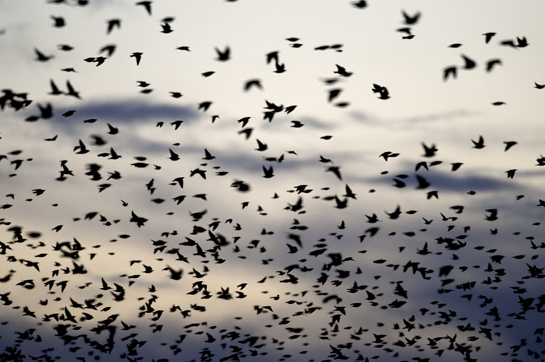

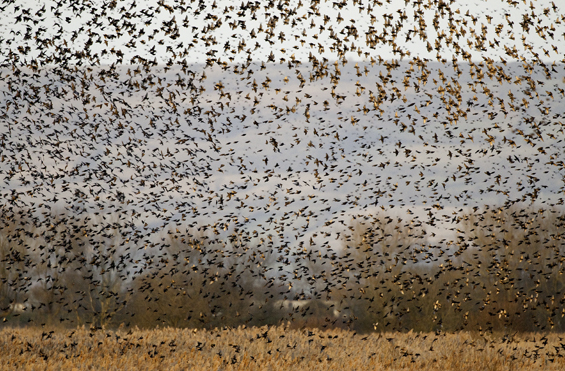
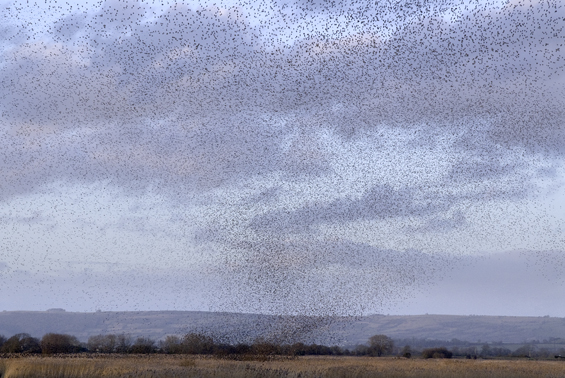
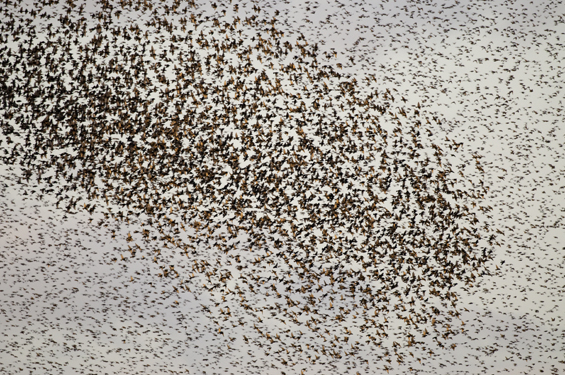

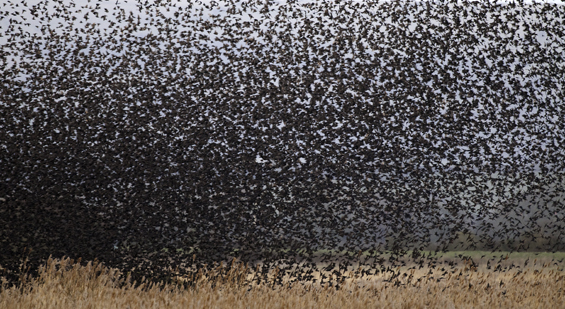
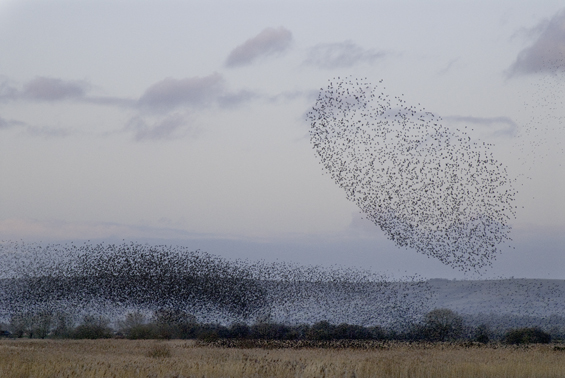
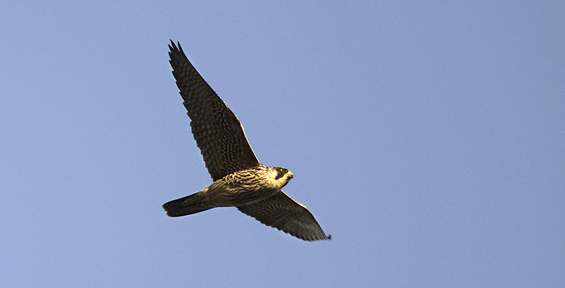
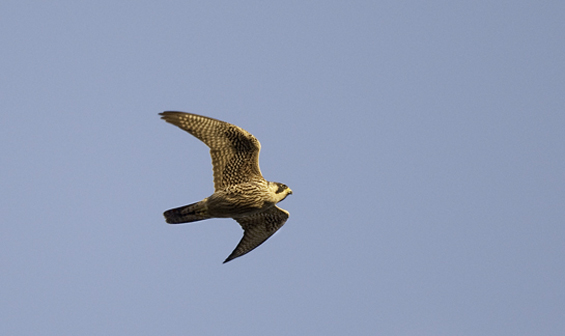
amazing photographs and ‘performance’ !!!
what happened to the Bittern!!
coming soon Clive – plus the image for you – Simply behind a little!